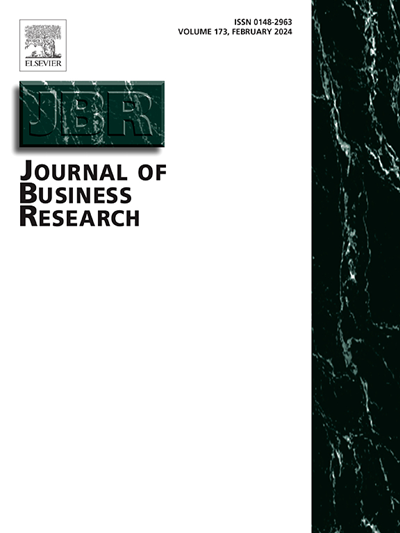Do managers and employees see eye to eye? A dyadic perspective on high-performance work practices and their impact on performance
IF 10.5
1区 管理学
Q1 BUSINESS
引用次数: 0
Abstract
This study adopts a dyadic approach in strategic human resource management (HRM) to investigate (mis)alignment between line manager and employee reports of high-performance work practices (HPWPs) for individual workers and their impact on employee commitment and manager-rated employee performance. Specifically, we examine the implications of four types of (mis)alignment in HPWP reports for individual workers (i.e., formal HPWPs, no use of HPWPs, unused HPWPs, and informal HPWPs) in a diverse sample of line manager–employee dyads (N = 252). The findings demonstrate that commitment positively mediates the formal HPWPs–job performance relationship and negatively mediates the relationship between no use of HPWPs and unused HPWPs and job performance. This study contributes to strategic HRM literature by highlighting the importance of adopting a dyadic line manager–employee approach to provide a comprehensive understanding of the effectiveness of HPWPs offered to individual workers.
求助全文
约1分钟内获得全文
求助全文
来源期刊

Journal of Business Research
BUSINESS-
CiteScore
20.30
自引率
10.60%
发文量
956
期刊介绍:
The Journal of Business Research aims to publish research that is rigorous, relevant, and potentially impactful. It examines a wide variety of business decision contexts, processes, and activities, developing insights that are meaningful for theory, practice, and/or society at large. The research is intended to generate meaningful debates in academia and practice, that are thought provoking and have the potential to make a difference to conceptual thinking and/or practice. The Journal is published for a broad range of stakeholders, including scholars, researchers, executives, and policy makers. It aids the application of its research to practical situations and theoretical findings to the reality of the business world as well as to society. The Journal is abstracted and indexed in several databases, including Social Sciences Citation Index, ANBAR, Current Contents, Management Contents, Management Literature in Brief, PsycINFO, Information Service, RePEc, Academic Journal Guide, ABI/Inform, INSPEC, etc.
 求助内容:
求助内容: 应助结果提醒方式:
应助结果提醒方式:


